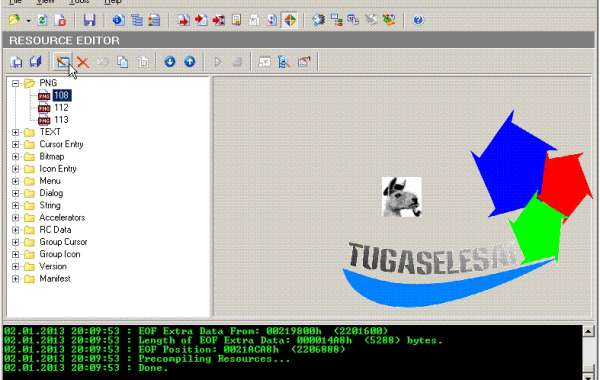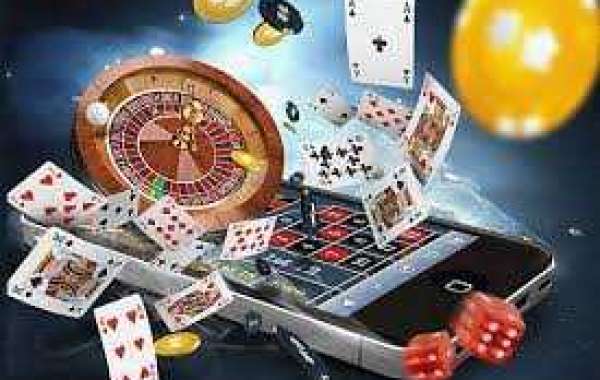Satta King, also known as Satta Matka, is an age-old illegal gambling racket that has been operating in India for decades. Despite being banned and deemed illegal, this underground betting industry continues to thrive, attracting millions of participants from various walks of life.
What is Satta King?
Satta King is a form of lottery-based gambling that originated in the pre-independence era. The game involves betting on numbers derived from the opening and closing rates of cotton prices formerly transmitted from the New York Cotton Exchange. Although the original source of numbers is now obsolete, the game continues with randomly generated numbers.
How it Works:
The Satta King game is played on a daily basis, with three rounds of betting opportunities known as "Bazaar," "King," and "Gali." Participants place bets on numbers ranging from 00 to 99, with each number carrying a specific rate or "satta." The winning numbers are announced at predetermined times, and those who have bet on the correct numbers receive their payouts, often at lucrative odds.
The Allure and Risks:
Despite its illegal status, Satta King continues to attract a vast number of participants, primarily due to the lure of quick and substantial financial gains. The game's simplicity and the thrill of gambling make it appealing to many, particularly those from lower-income backgrounds seeking an opportunity to change their fortunes.
However, the risks associated with Satta King are significant. Participants not only risk losing their hard-earned money but also face the threat of legal consequences if caught engaging in this illegal activity. Additionally, the underground nature of the industry opens the door to potential exploitation and involvement of criminal elements.
Law Enforcement Efforts:
Indian law enforcement agencies have been actively working to combat the Satta King racket. Periodic raids and crackdowns have led to the arrest of numerous individuals involved in organizing and facilitating these illegal gambling operations. However, the sheer scale and deep-rooted nature of the industry make it a persistent challenge for authorities.
Conclusion:
Satta King remains a contentious issue in India, with proponents arguing for its legalization and regulation, while opponents cite moral and social concerns. Regardless of the ongoing debate, the underground world of Satta King continues to thrive, fueled by the allure of potential riches and the thrill of gambling. It serves as a reminder of the complex dynamics surrounding illegal activities and the challenges faced by law enforcement agencies in curbing such practices.








